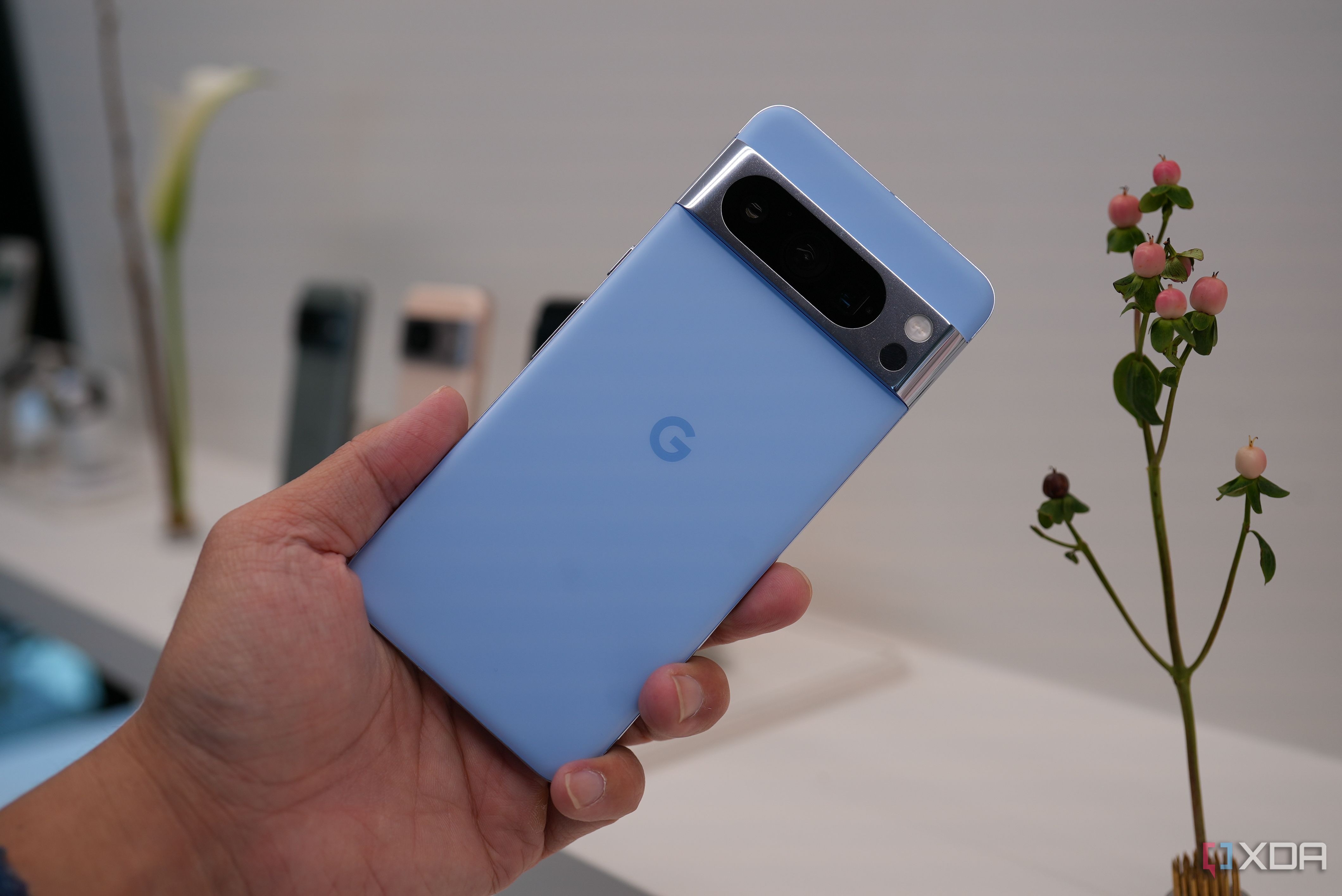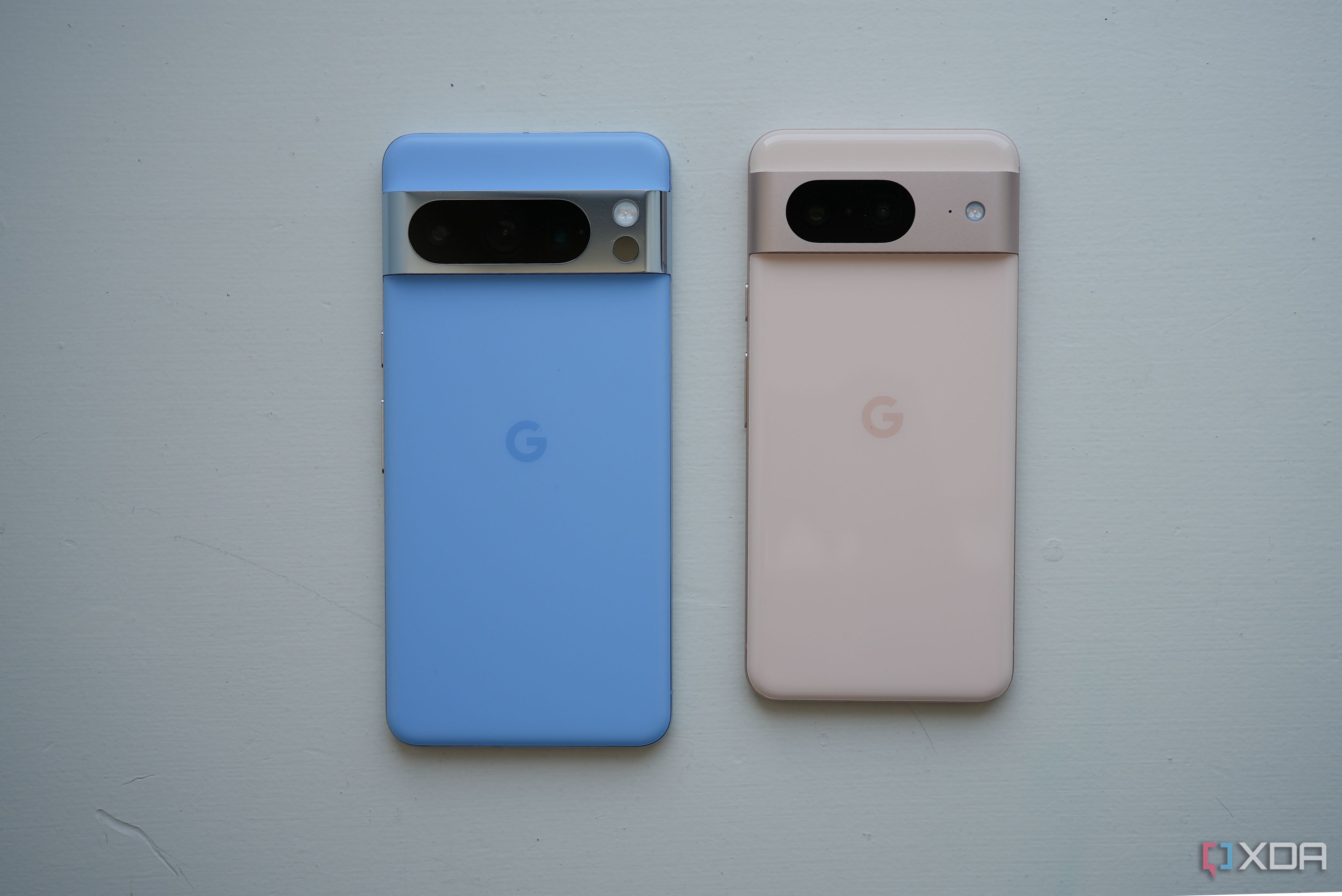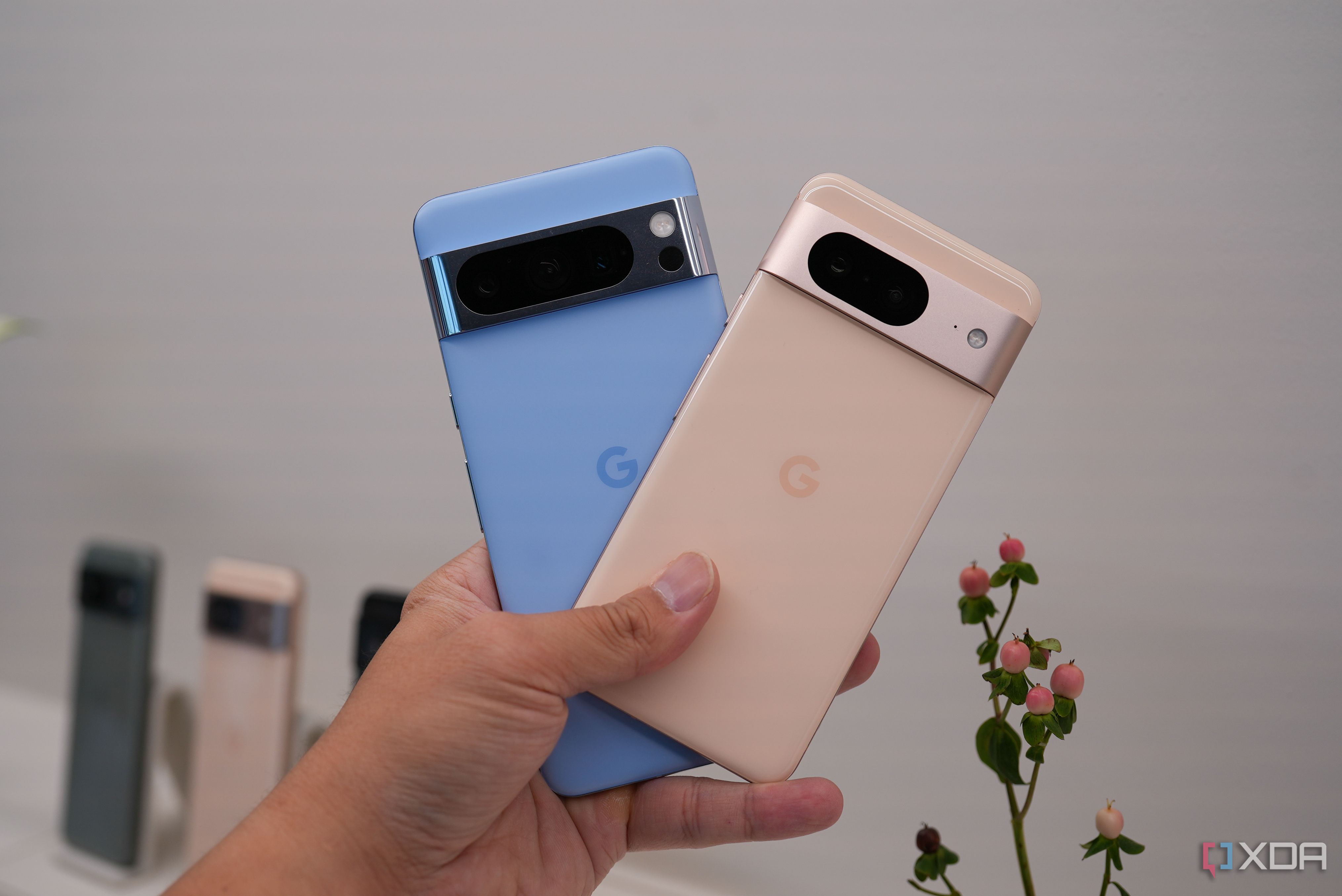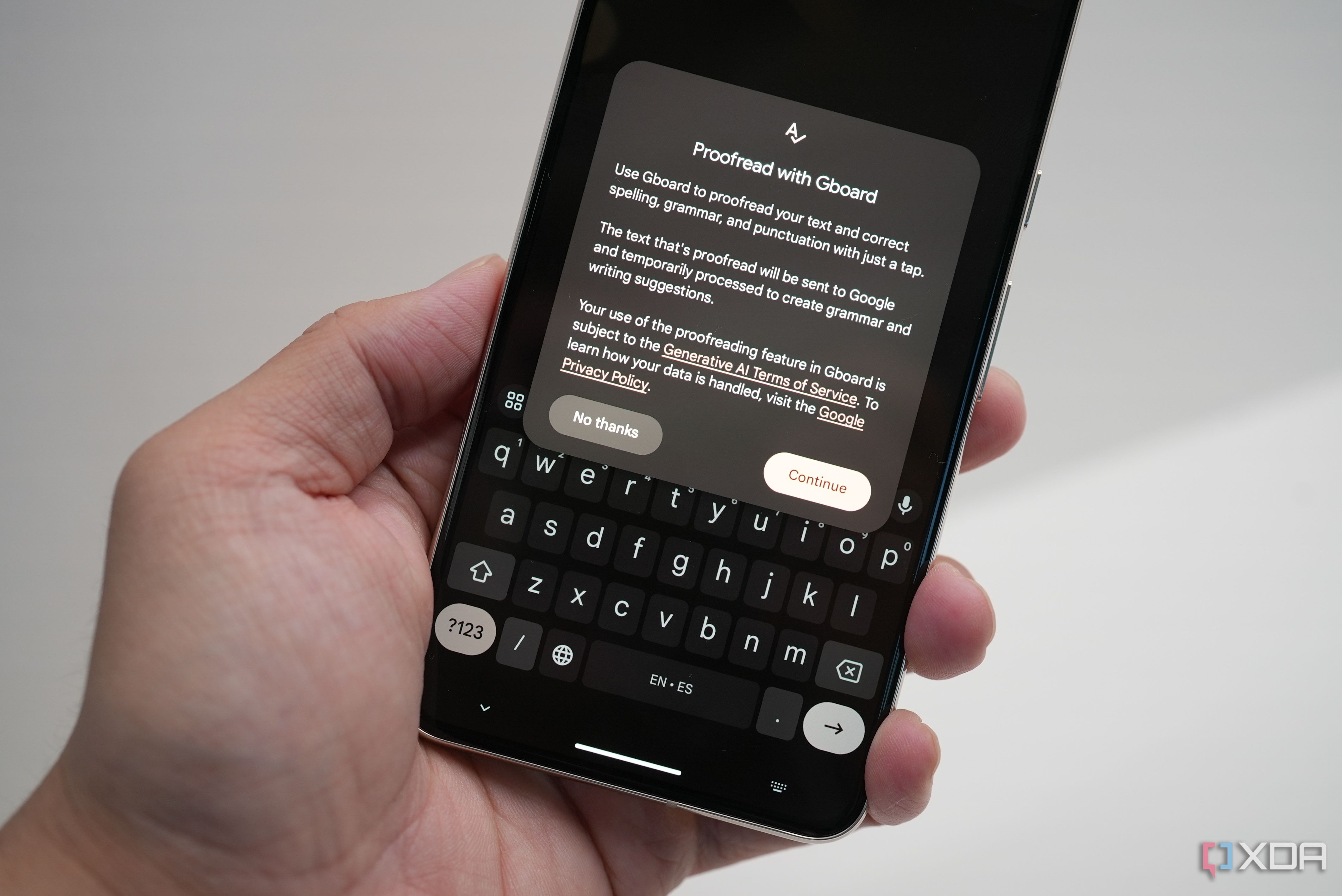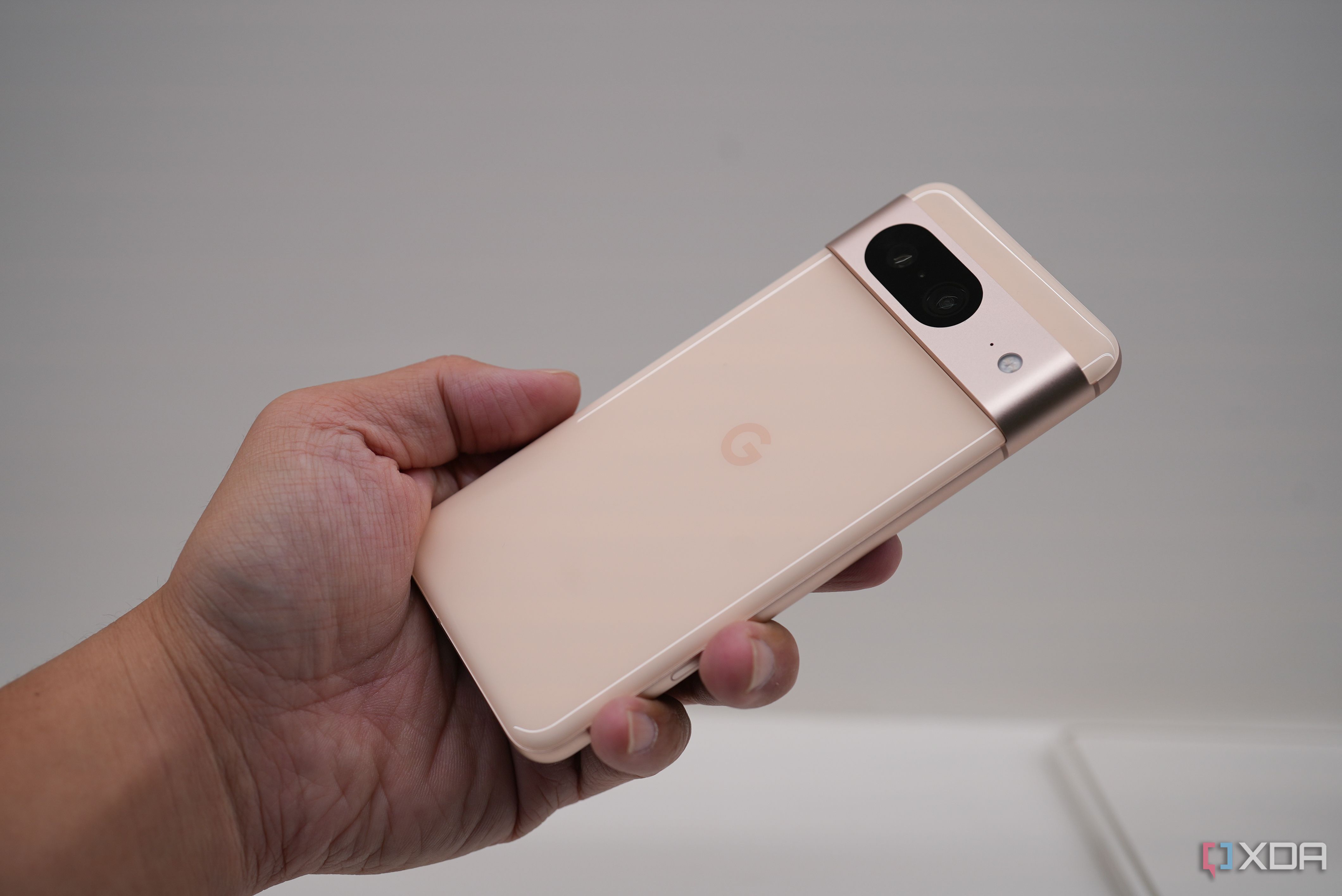After months of leaks, Google finally officially launched the Google Pixel 8 series today at an event in New York. While the phones look similar to the last generation of Pixels, and camera hardware improvements are modest, there is a new Tensor G3 chip that promises to do big things. Essentially, Google is marketing the Pixel 8 phones as the first mobile handsets to run generative AI on device. These new phones, especially the more capable Pixel 8 Pro, are no doubt going to be among the best smartphones of the year.
Brighter, flatter, screens
Let’s start with the overall hardware changes first, because this part will be quick. The most noticeable physical difference comes in the Pixel 8 Pro — the 6.7-inch OLED screen is now entirely flat, a departure from the curved panels of the last two Pro Pixels. The edges of the screen blends into the aluminum frame seamlessly with a very subtle chamfered edge, so it doesn’t feel sharp and pointy the way iPhone 12, 13 and 14 series do. Whether it’s weight or dimensions, the Pixel 8 Pro feels nearly identical to last year’s 7 Pro.
The smaller standard Pixel 8 actually downsized to a 6.1-inch screen from last year’s 6.2, and as a result the phone is actually 10g lighter, at 182. Both Pixel 8 phone display panels are brighter than last year, with the standard 8 screen reaching a peak brightness of 2,000 nits while the 8 Pro can get up to 2,400 nits. The Pro screen is also an LTPO panel with refresh rate between 1-120Hz, while the standard display can do 60Hz or 120Hz.
Slightly newer camera sensors
Both the Pixel 8 and Pixel 8 Pro main cameras upgrades to the Samsung ISOCELL GN2 sensor (previous generations were on GN1). This is “new” only if we’re talking Pixels, because the GN2 sensor has been around for two years and were used in many 2021 Chinese Android flagships including the Xiaomi 11 Ultra. The GN2 has a sensor size of 1/1.12-inch, which beats not only the previous Pixel cameras but more importantly the iPhone 15 Pro’s 1/1.2-inch sensor size. Google says the main camera can take in 21% more light than the Pixel 7 main cameras.
The Pixel 8 Pro’s two other cameras also got hardware upgrades: the Periscope zoom lens has a faster aperture, while the ultra-wide camera is high-res, at 48MP compared to last year’s 12MP. These upgrades did not make it over to the standard Pixel 8, which stuck with the same ultra-wide and doesn’t have a zoom lens at all.
The Pixel 8 Pro also has a new temperature sensor that can be used to check temperature of food and other items. Google says it has applied to the FDA to use the sensor for body temperature scanning in the future.
Tensor G3 — smarter and, hopefully, runs cooler
When I reviewed the Pixel 7 last year I called it “the smartest smartphone,” because of all the unique things Tensor G2 could do, such as eerily accurate voice dictation and on-device Google Assistant. The Tensor G3 is obviously a more capable chip, but how much? While Google didn’t mention any direct comparison against the Tensor G2, the company did say the Tensor G3 runs twice as many machine learning algorithms as the first Tensor chip (used in the Pixel 6 phones).
The Tensor G3, as mentioned, allows the Pixel phones to run on-device generative AI, meaning the chip can generate data and images on its own, without the cloud. This results in superior features, like Magic Editor, which allows the user to move a subject’s position in a photo, and have generative AI fill in the missing pixels. While I didn’t get to try that during the brief demo time, I did try another new feature: “Best Take,” which allows you to swap faces of a person in a group photo, provided you took more than one image. For example, I took five selfies with XDA’s editor-in-chief Rich earlier, and each selfie I made a different facial expression. The Pixel 8 phones allows me to swap out my facial expression from one selfie onto the other, and the results are surprisingly clean.
There’s also “Audio Magic Eraser,” which will apparently use machine learning to remove unwanted background noise. Generative AI will also benefit general smartphone tasks outside the cameras. If you type a paragraph on Gboard, you can have Google’s AI examine the text and suggest different words or phrases with a tap.
The Pixel 8 phones can also quickly scan through an article and then provide you with a summary. Google says the Tensor G3 is more efficient too. Let’s hope so, because the Tensor G2 chip ran warm often, particularly on the Pixel Fold.
Generative AI is fun and scary at same time
So while the Pixel 8 phones do not bring a lot new in terms of tangible, visible hardware, the promises that generative AI can bring is a big deal and could change how we use phones going forward. It is worth asking if Google’s AI-assisted photo editing tools are veering too close to uncanny valley territory. With Magic Editor, the phone makes it very easy to doctor photos, and create photos that aren’t even based in reality. But I suppose that’s been a question most of us have been having about the rise of generative AI in the past year.
We will be back with a full review of both the Pixel 8 and Pixel 8 Pro soon.
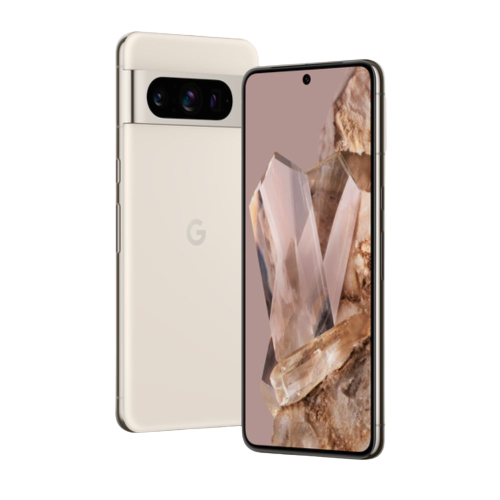
Source: Google
Google Pixel 8 Pro
The Pixel 8 Pro is the latest flagship from Google, and it packs the best the company has to offer in 2023. It features the newest Tensor G3 processor, like its regular Pixel 8 sibling, but it comes with a 6.7-inch OLED display, a brighter screen, a larger battery, and more storage options.
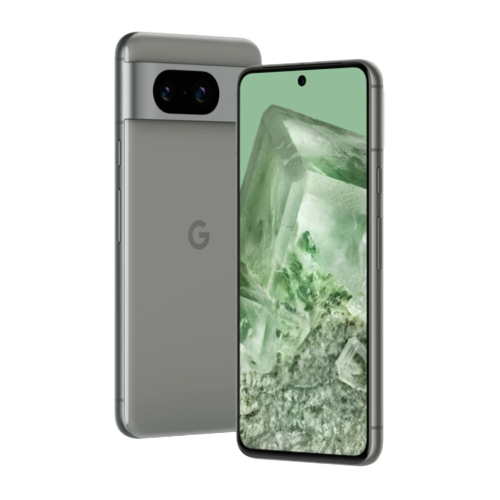
Source: Google
Google Pixel 8
The Google Pixel 8 boasts of the company’s new Tensor G3 processor and features a refined glass and aluminum design. Compared to the Pixel 7, it has a brighter display, a larger battery with quicker charging, and upgraded cameras.

